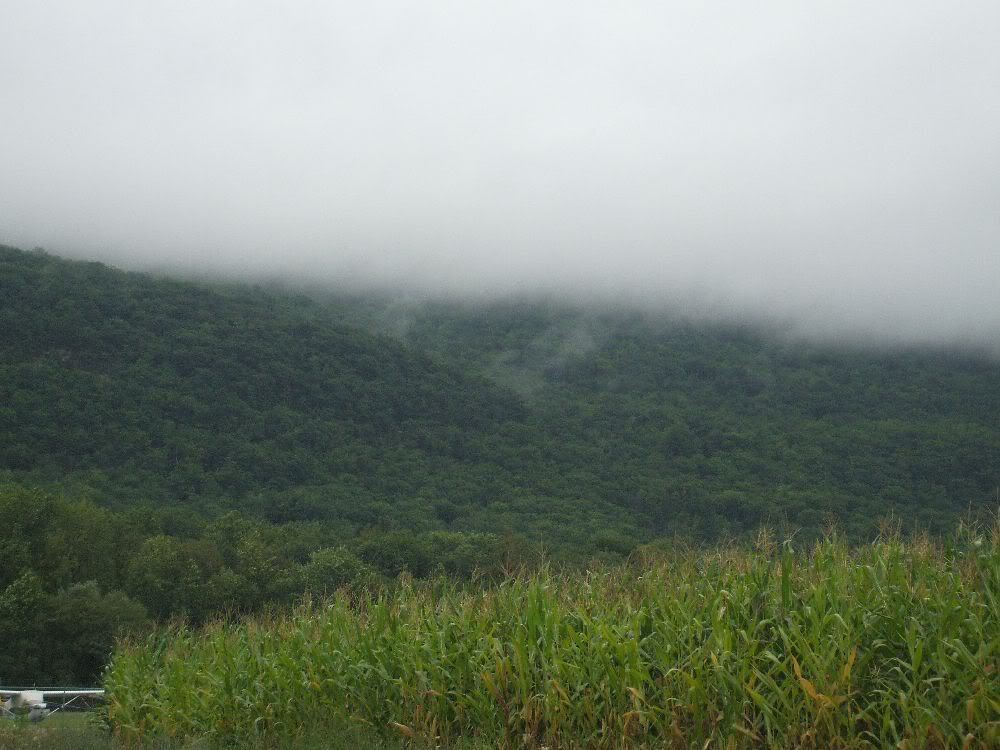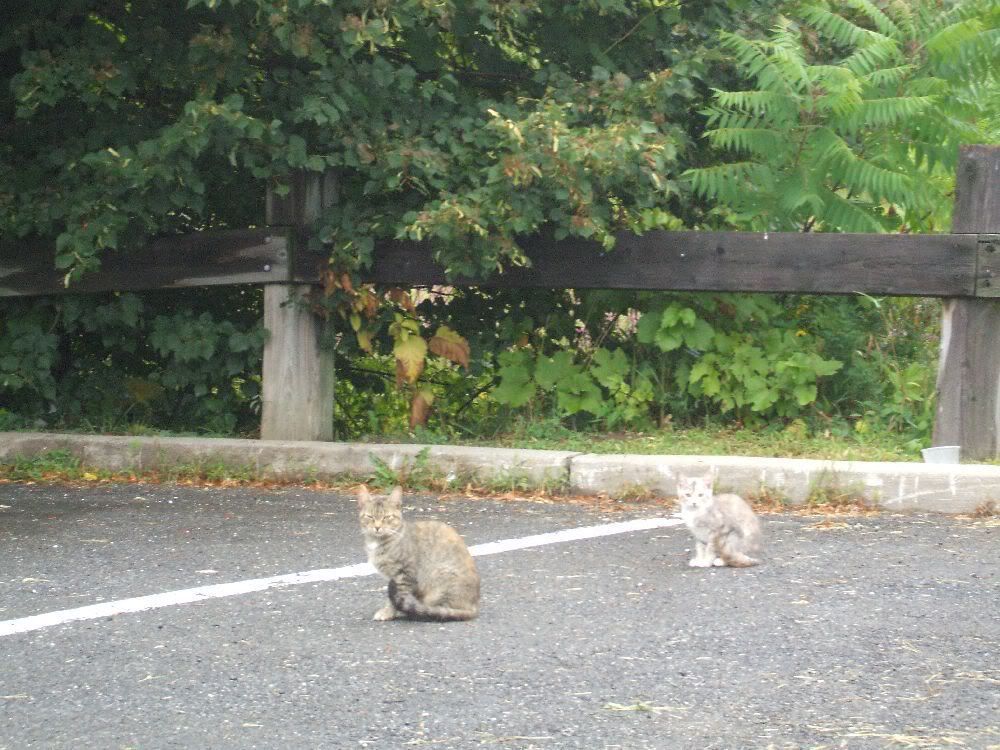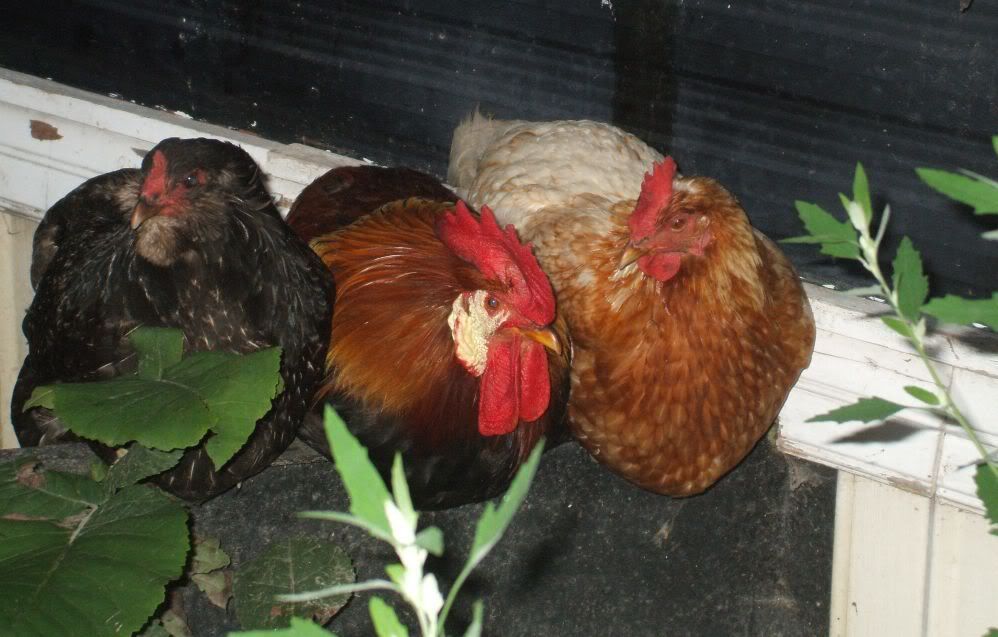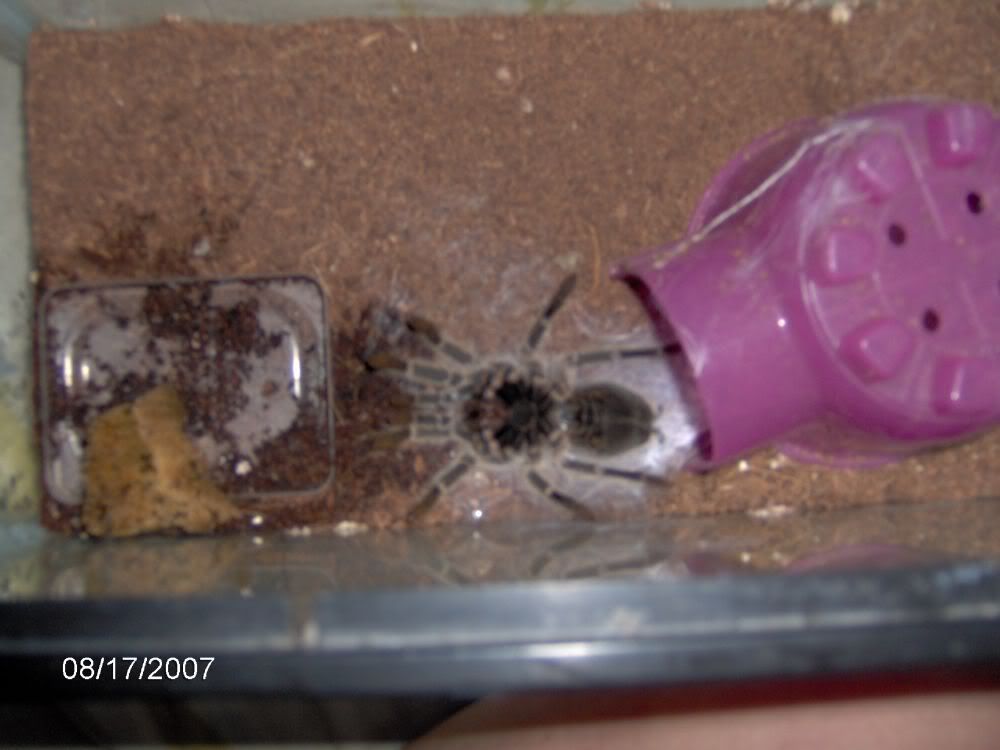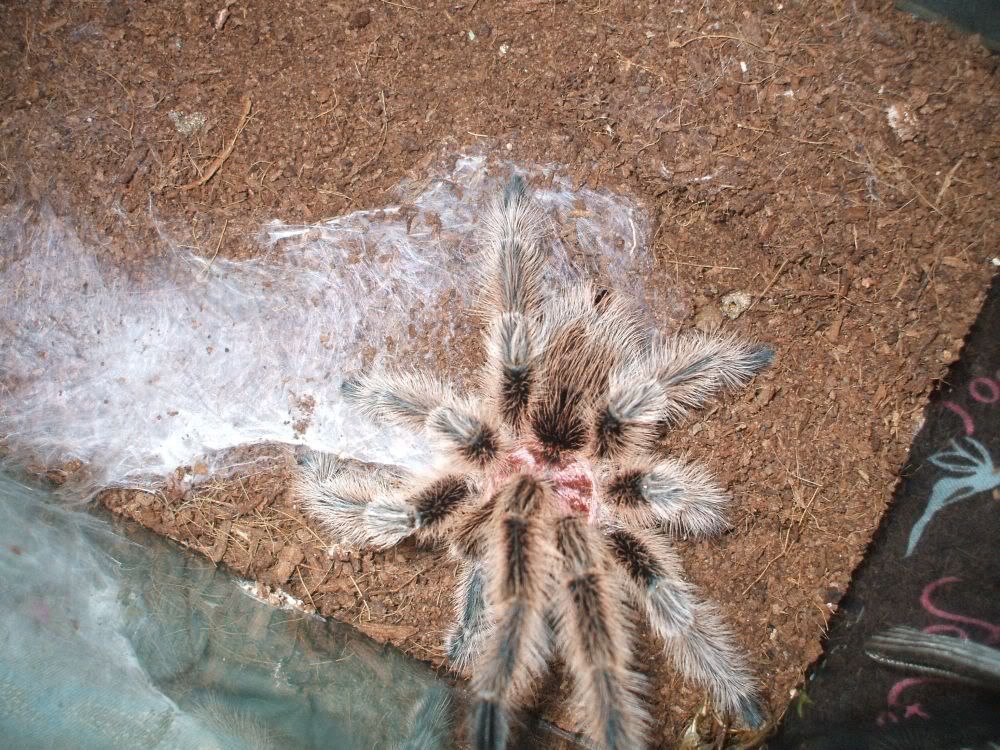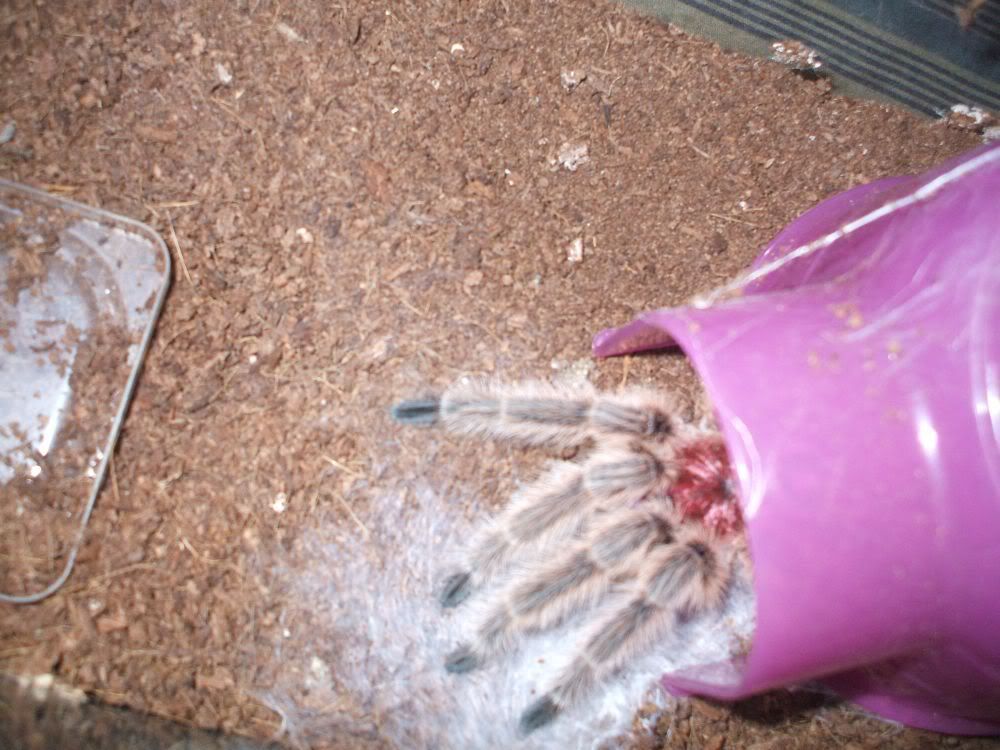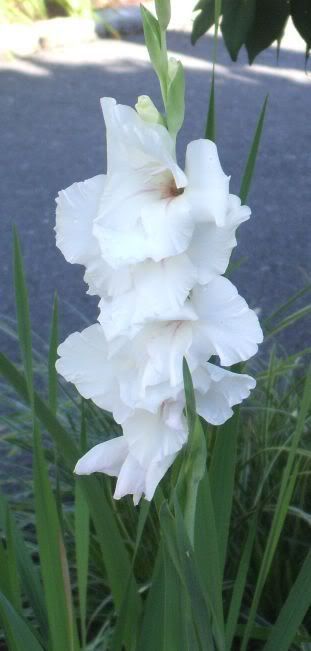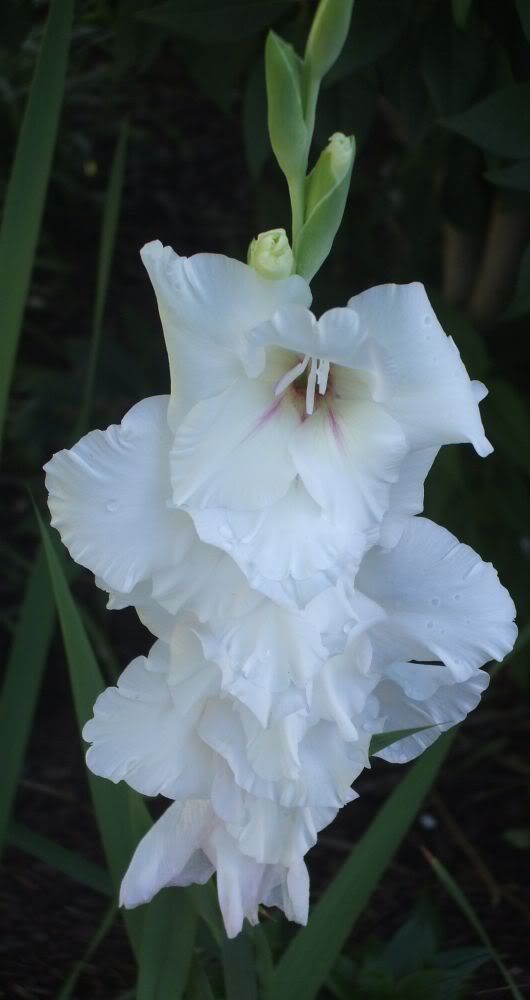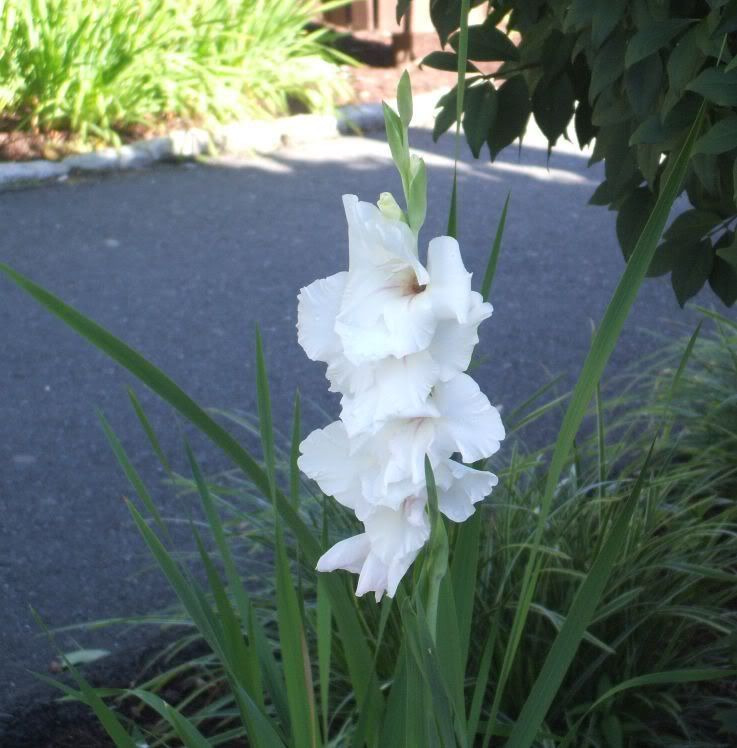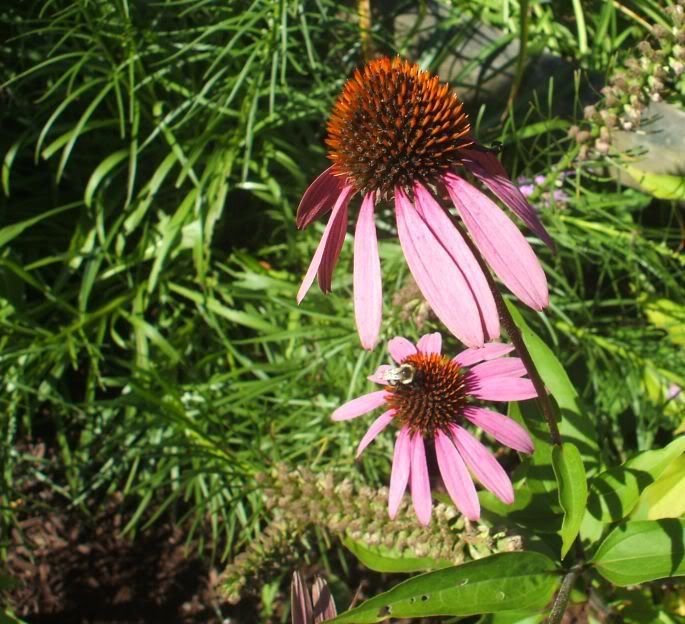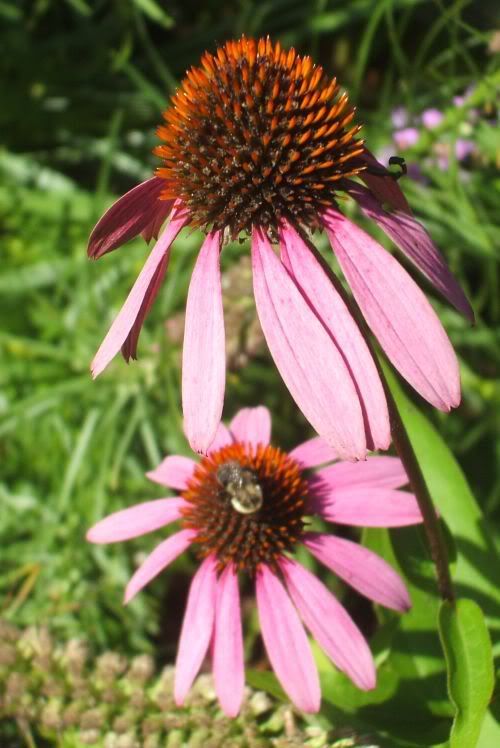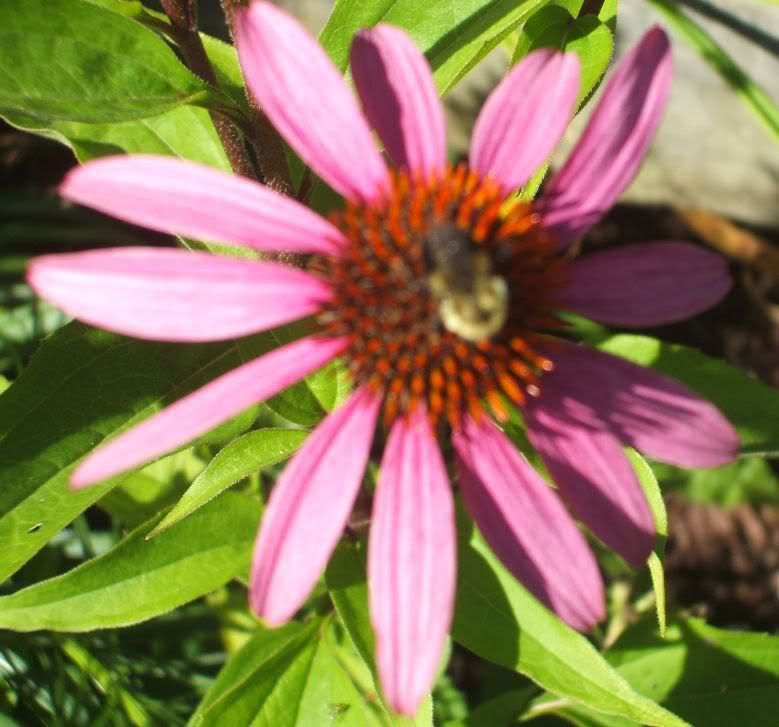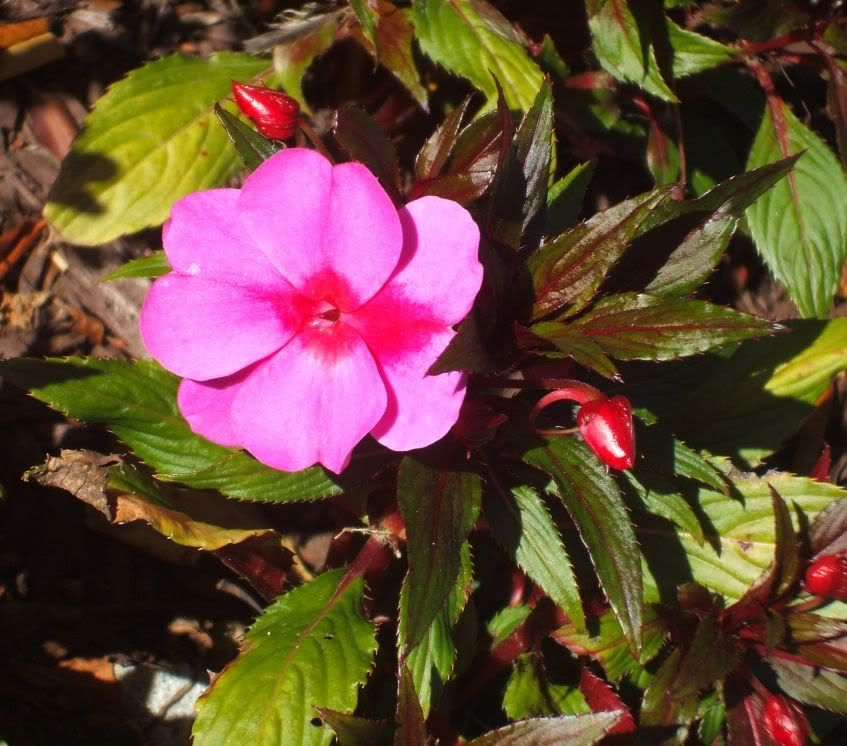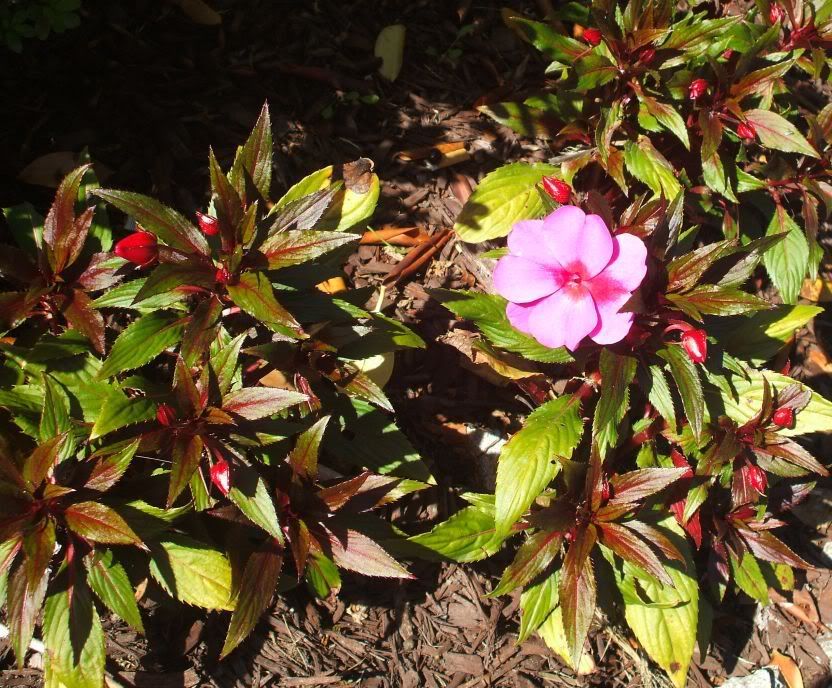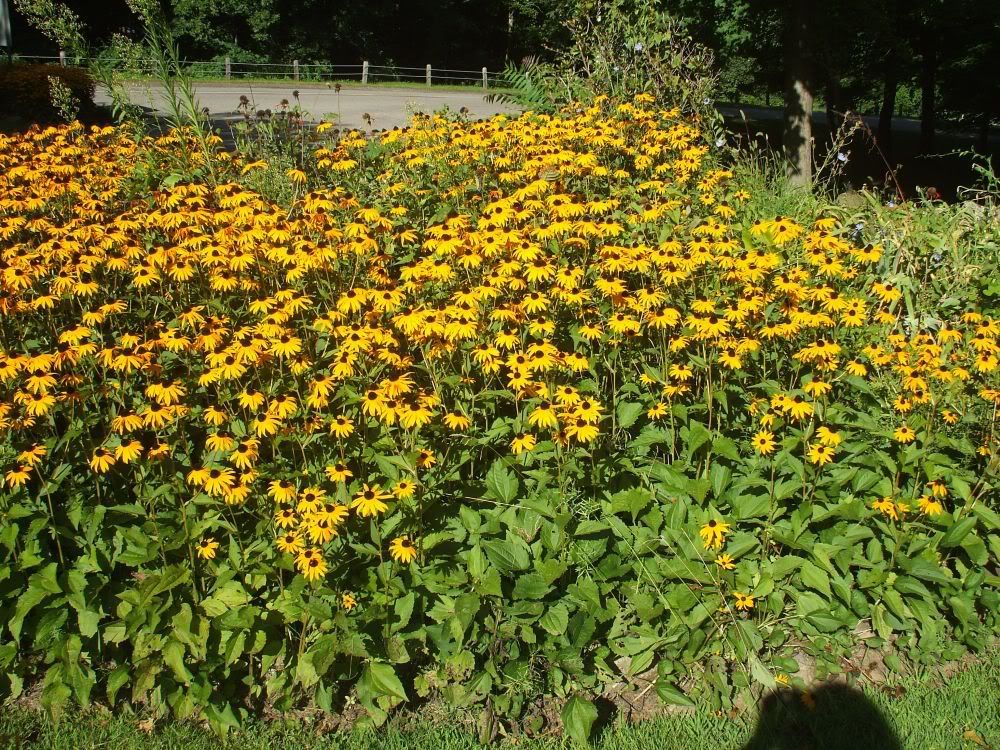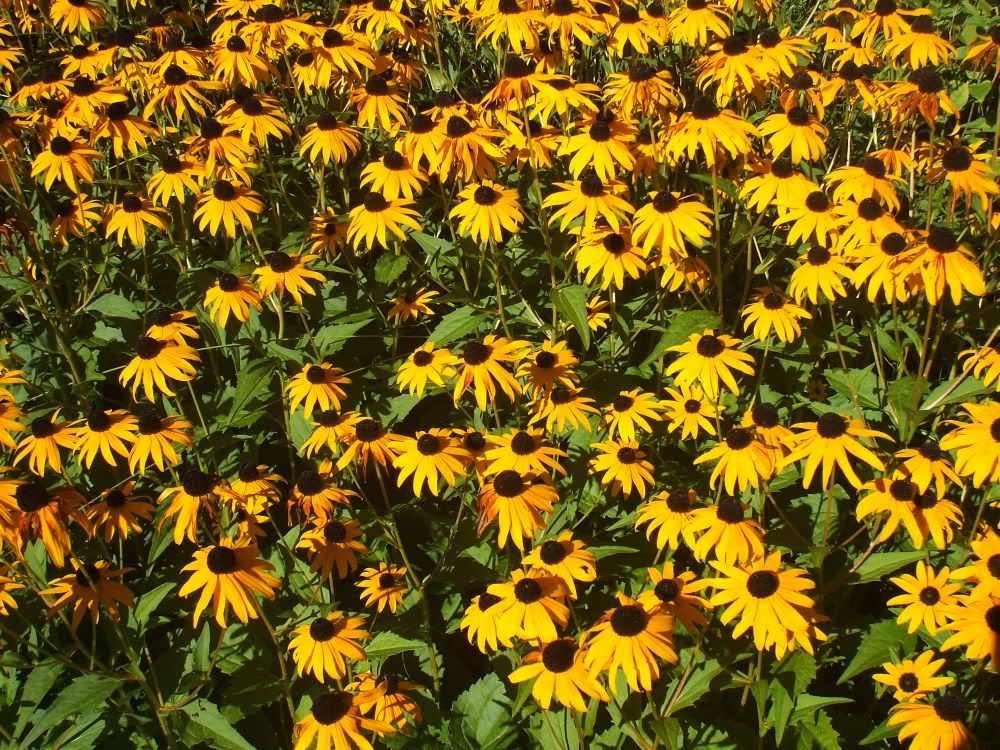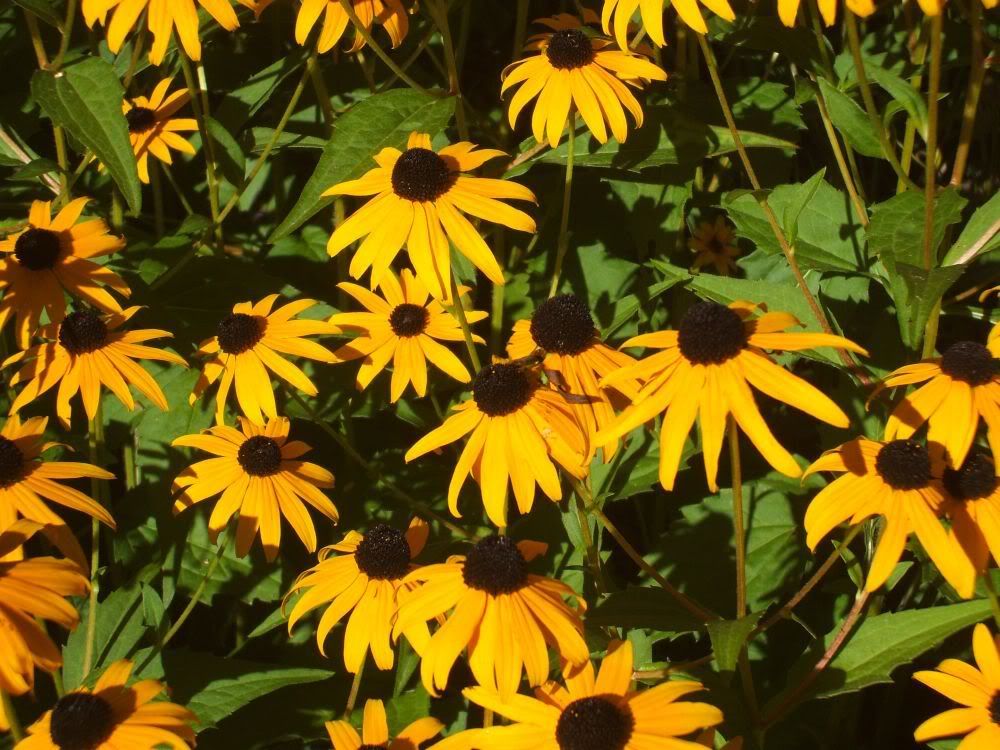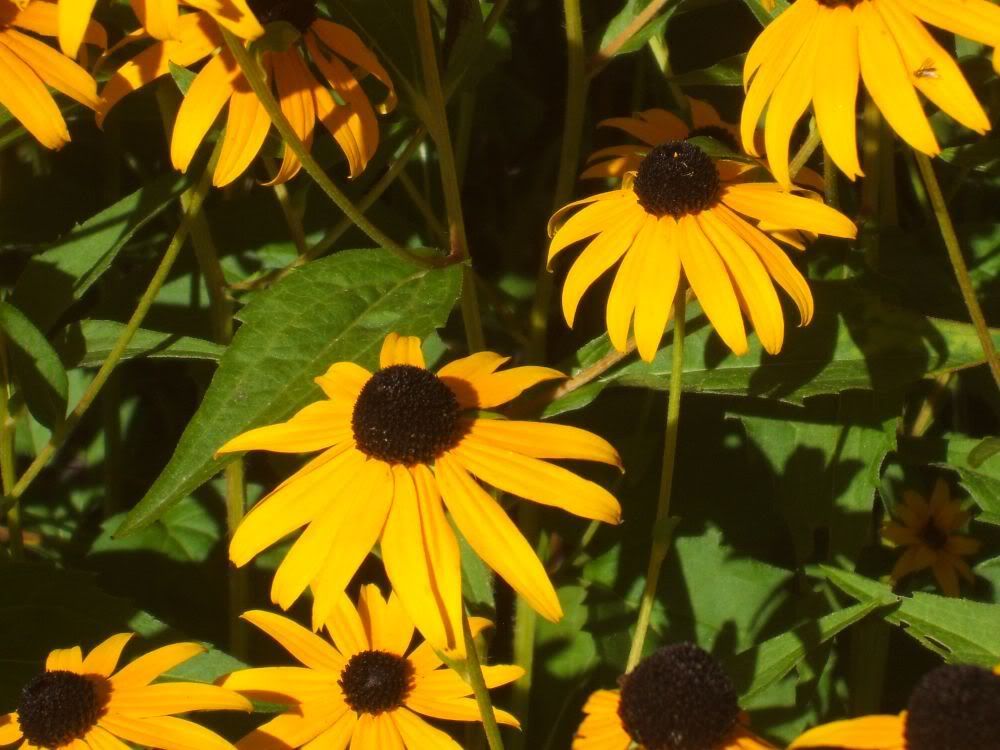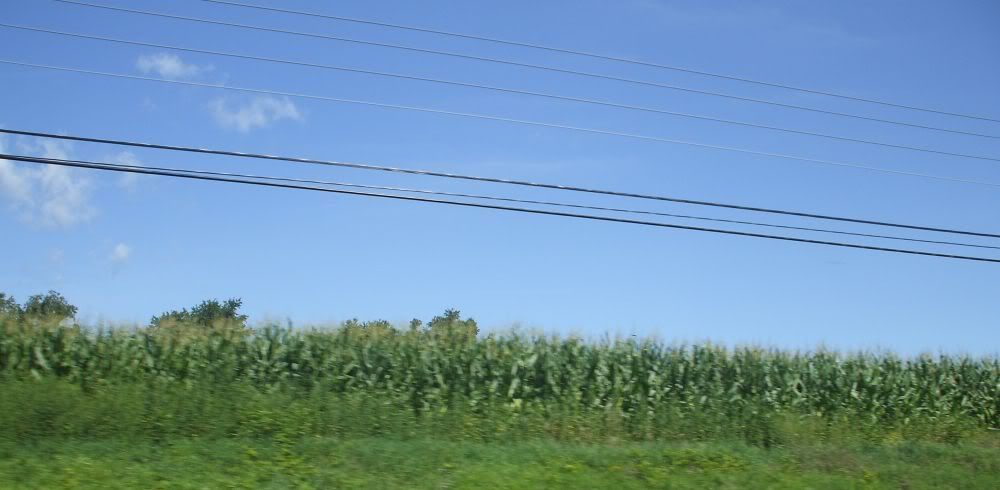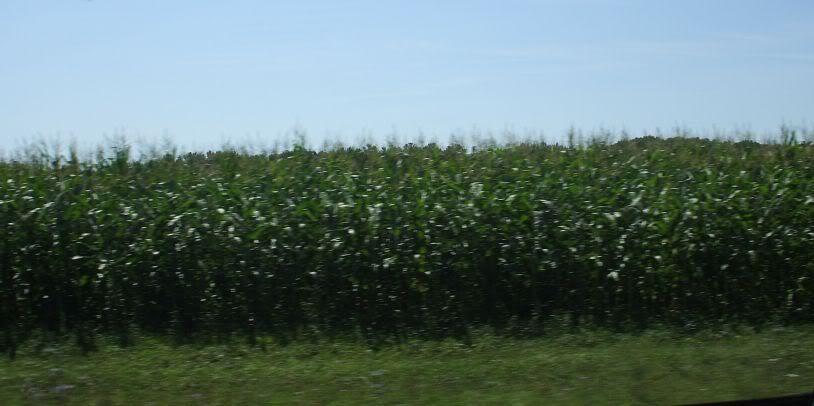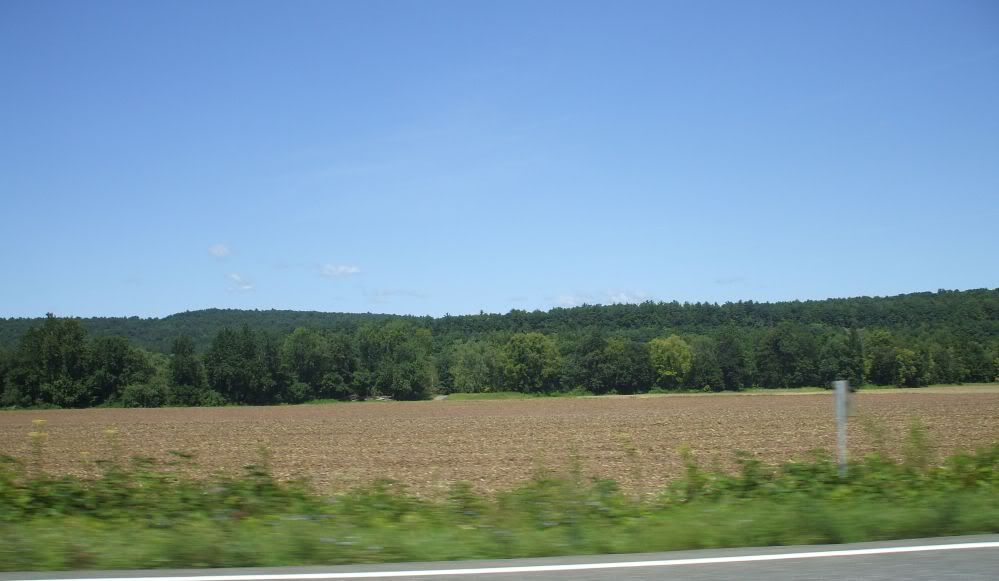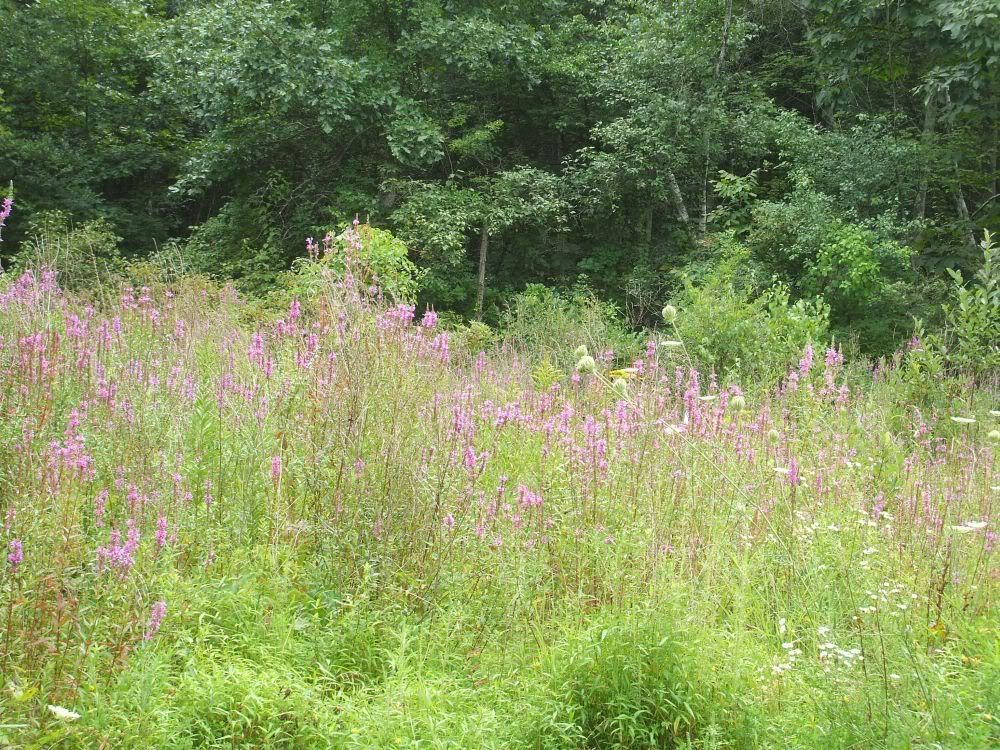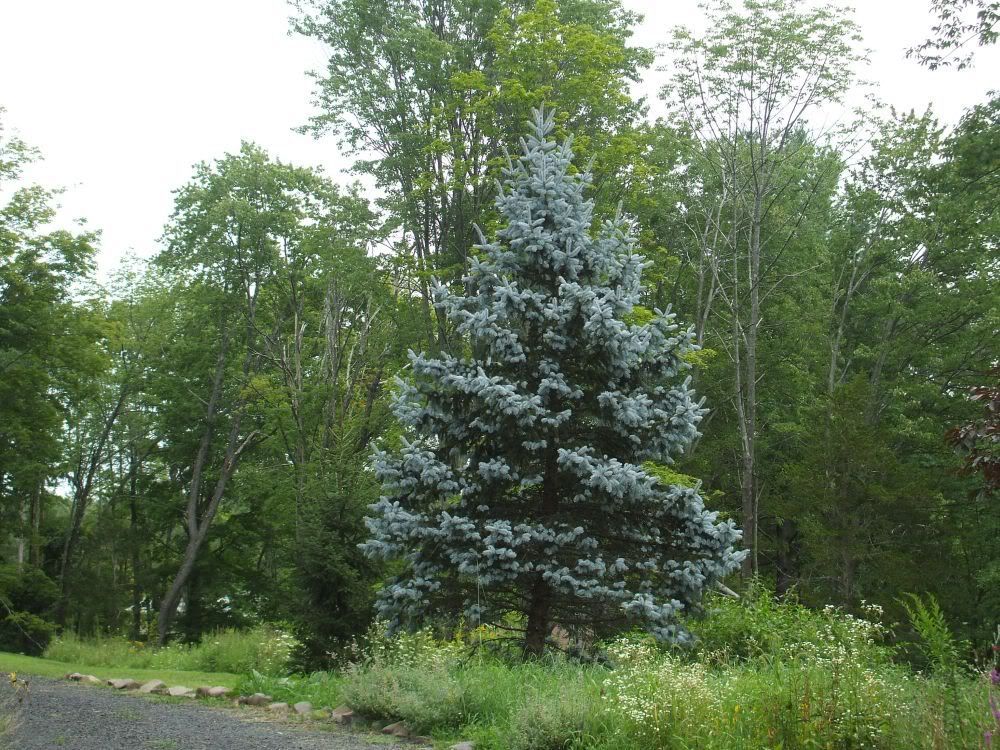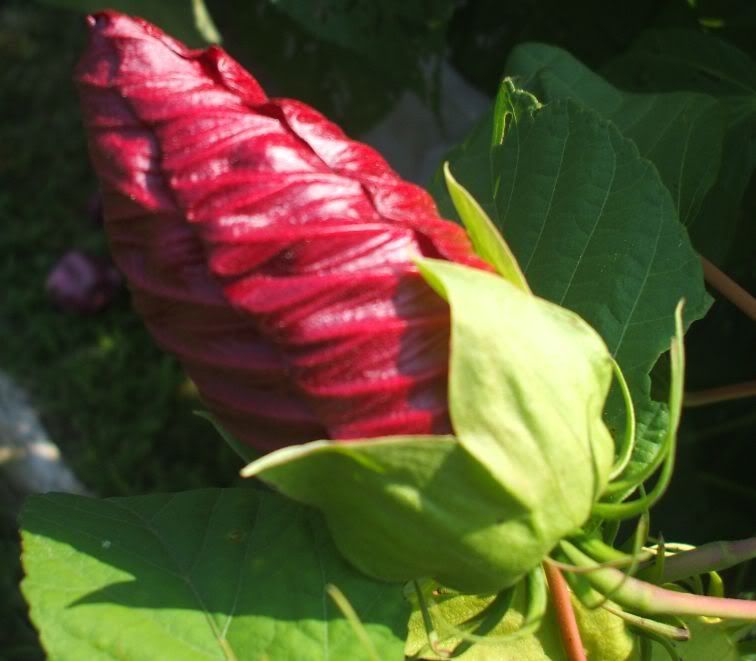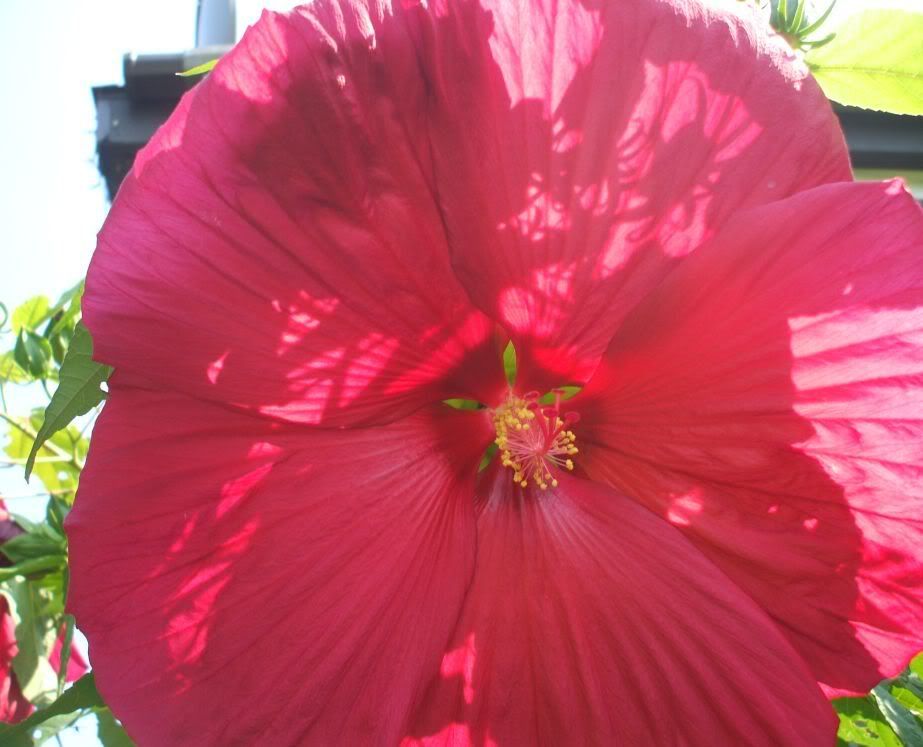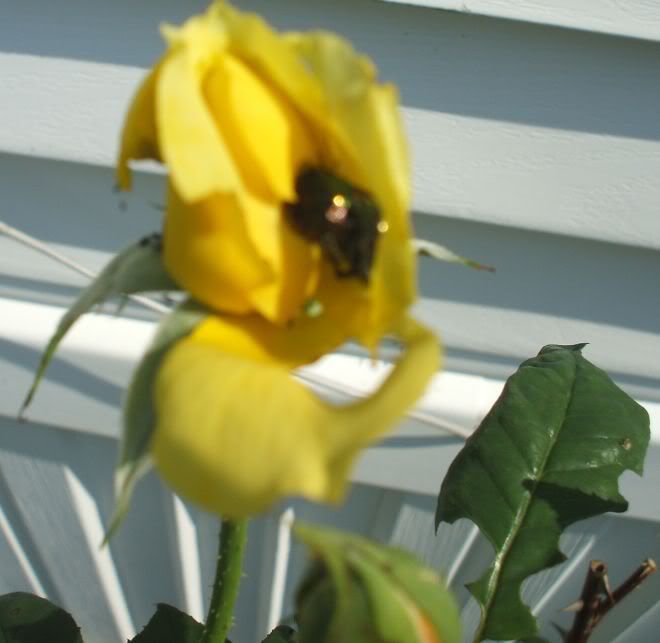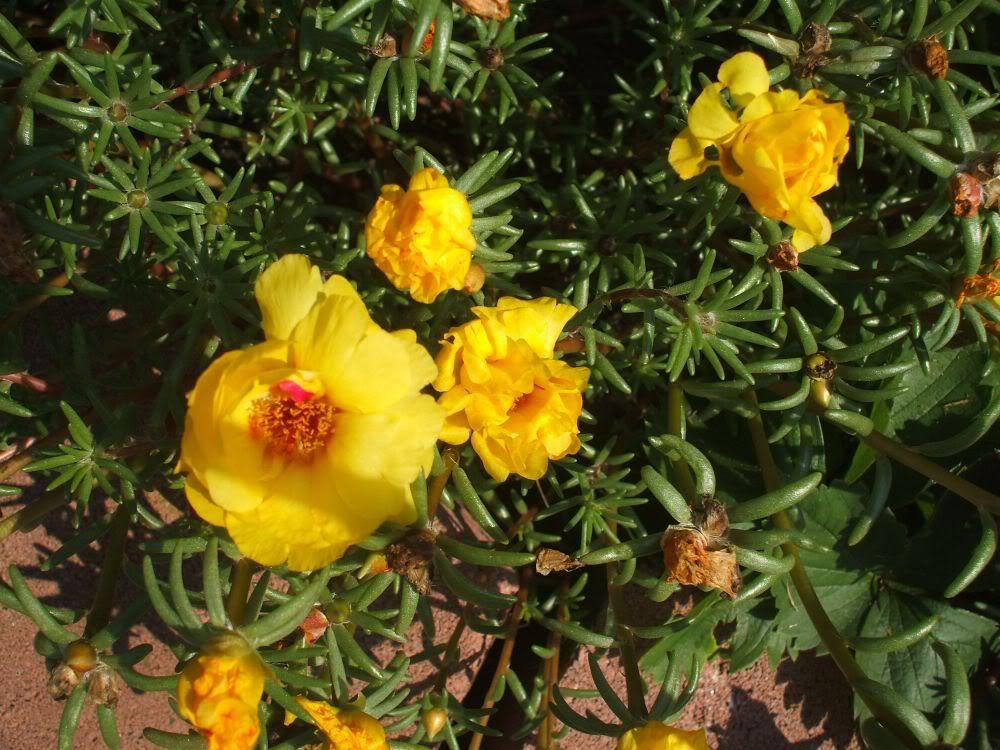Monday, December 24, 2007
MISSING!!!
MISSING!!!(see post = http://tarastalkntreasures.blogspot.com/2007/12/missing.html
Please look, please help me come home!!My name is Rage! I am friendly! I get along with kids & pets!! I went missing from home please help me come back!RAGE has NO ID on him right now because he slipped his collar!! He is an older dog (7)!! Special dietary concerns, as he looses weight RAPIDLY in winter if not fed several meals a day!! Also, only eats a certain type of food that keeps weight on him, esp. during winter!!!He is a short, stocky brindle Staffordshire terrier!! PLEASE call my home if you see me 6261000 My mommy will come get me!!
Visit Rage's page at:www.cjcrittercareneducation.org/rage.htm
Saturday, November 3, 2007
Wednesday, October 31, 2007
Tuesday, October 16, 2007
Bird of the Week #3 - Eastern Screech Owl
Informational post to come asap!
Oct. 18th update - PLEASE remember to come to my bird blog to see ESO info future bird of the week posts :)
Monday, October 15, 2007
Barred Owls

Scientific Name: Strix varia
These owls are a beautiful, awesome creature. Their colors/markings are just beautiful. They are so interesting & personable. Even though my direct experience is limited, I was truly touched by these birds!

These owls are medium in size, ranging from about 1-1&1/2lbs.
Their wingspan is approximately 38-50in.
Their length ranges from 16-25in.
Owls are classified as a raptor, but in reading further, you will find many things about owls that are much different than other raptors.
Their coloring is a greyish-brownish coloring with horizontal white barring.

It does not have ear tufts. It has a rounded head, and a long tail. They have a yellow beak. Their legs are covered with feathers. Owl eyes are placed in the front, instead of on the sides of the head, like other birds. This gives the owl a better depth perception. Their eyes are also fixed in the socket - they can't not move the eyes (such as, side to side), and therefore have to turn their heads to look at things. Their ears are just holes in the sides of the head with feathers covering them. And, did you know what else I learned researching for this blog post?!? Owls ear holes are placed so that 1 on 1 side is higher than the other side. This, I read, is to give the owl better judgment in where a sound is coming from - high or low.
I read this owl was first described by Benjamin Smith Barton, in 1799!
This owl also has various common names that it has been called. These names include Northern Barred Owl, Swamp Owl, Hoot Owl, Striped Owl, Rain Owl, Round-headed Owl and more.
These owls are nocturnal. And although nocturnal, they could be seen at dusk or dawn, or even during the day! :)
They are very vocal - and like several species, call in the daytime, as well as, in the night. You can go to THIS website & hear some vocal files of this owl. (Also reference below:)
Barred Owls are opportunistic feeders. I read that the main diet of this owl is voles. It sits in a perch, & waits to swoop down on its prey. It's prey also includes shrews & deer mice. It may also prey upon squirrels, rats, young rabbits, bats, moles, opossums, mink & weasels. At times, they will take other prey, including some birds, such as woodpeckers, grouse, quail, jays, pigeons & blackbirds, and other animals such as, frogs, fish, turtles, snakes, lizards, scorpions. They may eat insects like crickets, beetles or grasshoppers. I have read that they will also feed upon skunks, woodchucks, geese & herons. Owls do not pick meat off to eat, they eat whole chunks, including the bones, fur/feathers, etc. They can not digest the fur/bones, so the owl regurgitates "owl pellets". These pellets contain the undigested portions of the meal. You can almost put an animal's skeleton back together again. You can also learn a lot about what owls are eating. The owl does not soar, like a vulture. The owl flaps his wings to stay in flight. Owls have soft feathers in their wings, that are very quiet when the owl is flying. This helps the owl to get his prey, since their wings are virtually silent. Having an owl fly past you & not HEAR it is a WEIRD thing! lol An interesting experience!
I read that they are often associated with Red-Shouldered Hawks, and have been seen nesting closely to them without conflict.
Barred owls do not catch birds on the fly. They catch the birds as they settle into nighttime roosting.
The Barred Owl likes to nest in cavities, but will also use abandoned nests of other raptors, such as Red-Shouldered or Coopers Hawks, or abandoned Squirrel or Crow's nests. They lay 2-4 white eggs, that are almost perfectly round. They have a rough texture. The incubation period lasts approximately 28-33 days. I read incubation begins with the first egg laid. They have one clutch a year, but I read that the breeding season for them is long and if they should lose a clutch for some reason, they are likely to lay a new one. The male brings food to the female while she incubates the eggs. The owlets begin to leave the nest at 4 weeks of age, and cannot yet fly. They climb from the nest & perch on branches. At this time, they are called branchers (according to my research). They fledge from the nest at approximately 35-40 days. (THIS site has some great owlet pics!) When the down has been lost, there is no visible difference in adult & juvenile plumage (feathering). The parents care for young for around 4 months. The young do not go far from their nesting area & settle permanently. Adults pair for life, and use nesting sites for many years. I read they do not migrate, and remain on the same @ 1 sq. mi. of territory throughout their lives.
The female owl (as is commone with raptors) is the larger of the 2 sexes, but generally, with Barred Owls, that is the only difference between males, females, & molted youngsters (juveniles).
The Barred Owl lives approximately 10 years in the wild. They are known to live 20+ years in captivity. Their main natural enemy is the Great Horned Owl. However, man is a cause of much fo the deaths in the wild - being hit by cars, shootings, etc.
They are widespread throughout the United States, although there are areas where they aren't. The website linked above has a great dispersion map on it.
References:
Barred Owl
Barred Owl - Strix varia - Information, Pictures, Sounds
Carolina Raptor Center - Raptor Species: Barred Owl
Barred Owls
All About Birds: Barred Owl
Barred Owl
Barred Owl Information
OwlCam Homepage
Barred Owl - Strix varia -- Western North Carolina Nature Center
Barred Owl - Strix varia
North American Owl Identification Guide
Barred Owl - Raptor Center at the University of Minnesota
You Are a . . .
 If I were a bat I would be... a Grey headed flying fox! Find out more about this bat or take the quiz to see what kind of bat you are most like. |
Clouds
Interesting Blog -
Check her out here - Haute*Nature
Interesting Site -
Lake Jackson Ecopassage

Tuesday, October 2, 2007
Bird of the Week #2 - Barred Owl
This week I bring to you the Barred Owl. Beautiful owls. I got to see some at the Hudson Valley Raptor Center.
They are amazing - they make these clicking sounds at you. . . . .
More to come.
Bird of the Week is selected from: (at this time:)
eNature: free content
Golden Eagle
Anyone who would like to share their bord photos with me for my website, please email me. Thanks for any contributions!!
So, I had started a Bird a Week, with the Golden Eagle.
Here is some info on the Golden Eagle. Have you had the opportunity to see one? I believe I have seen 2 so far in my lifetime.
Golden Eagles are big, beautiful brownish birds.
Scientific Name: Aquila chrysaetos (AK-qui-lah kris-AY-ee-tos)
These birds are pretty common throughout the northern hemisphere, although from what I have seen/heard, not seen too often. Native Americans regard seeing the large raptors in the wild as a very spirtual thing.
These are pretty large birds. The are approximately 3ft tall (L). They can weigh up to 15lbs (7kg), with a wingspan of up to 7ft. - That's a wide span!
Adults have are a brown color, with a lighter brownish color on the back of the head/neck area. The sexes look very similar, except the female is somewhat bigger than the male. Juvenile Golden Eagles have white patches at the base of their primary feathers, with white tail feathers with a distinct dark terminal band. It takes four years for them to acquire their adult plumage (feathering). Their talons are black.
The Golden Eagle is Mexico's national bird.
The Golden Eagle live 15 to 20 yrs in the wild.
Golden Eagles are solitary birds, that can be found in remote areas. They are the most widely distributed eagle, which can be found in Europe, North Africa & Asia, in addition to North America.
They are great hunters, very seldom eating carrion (dead meat). They can have a hunting range of about 162 sq. mi. (260 sq. km.). Their diet does include a variety of animals, such as, groundhogs, marmots, foxes, skunks, cats, rabbits, grouse, ground squirrels, crows, pheasants, meadowlarks, tortoises, and snakes.
Golden Eagles mate when they are around 4 yrs of age. They usually stay paired for life. Usually, they next in rocky areas - such as rocky crags or cliff faces. Occassionally, a tree is used to make a nest in. The couple will usually return to the same next each year.
Females lay 1 to 3 eggs, only 1 time a year. The males usually do not help incubate the eggs, but will bring food to the nesting female. Eggs are incubated for 41 to 45 days. Eggs are laid between February & May, or in the Artic, between May & June. Both male & female will share the work of raising the young. The young may commit siblicide.
The young only weigh around 3oz upon hatching. They remain in the nest for 9-11 weeks, before fledging. Parents will care for the young approximately another 3 mos after fledging from the nest.
Many Golden Eagles remain in their home territory their whole life & seldom migrate. When they do leave their home territory, they seldom go far.
Golden Eagles were lucky enough to escape the DDT problems that nearly wiped out the Bald Eagles. This is because the Golden Eagles eat mainly grass-eating mammals, and not fish. However, they have faced many other problems, such as, intentional poisoning, shooting & trapping, in spite of the laws there to protect them. This even continues today. There is some belief that this goes on because of ignorance in believing there is a threat to livestock. That is why it is important to help educate people on wildlife, and things they can do humanly, or safely to keep wildlife out they do not want in/near their homes/yards. It also can be to sell the feathers.
Golden Eagles are protected in the US. Possession of feathers (even 1) or body parts carries a severe penalty. It is also a FELONY. You can be fined $10,000 and/or 10 years in prison. Recognized Native Americans can have the feathers legally. There are special licenses they can obtain to have feathers of raptors.
Visit Golden Eagle sites:
Golden Eagle
Golden Eagle
American Golden Eagle
Carolina Raptor Center - Raptor Species - Golden Eagle
NCA - Golden Eagle
Wednesday, September 12, 2007
Bird of the Week & More
I am currently researching info & trying to put together educational material for (mainly) elementary aged children (please post if ya have any good sites, links, tips, activities, etc - if you want:) I am sure there will be older people at presentations as well, but I am looking to gear toward elementary students.
I have sent in Chuckie's licensing app & am waiting on pins & needles for the verdict!! :{ I am so anxious!! I hope the DEC will "Allow" it!! I dunno what I will do if they deny it :{
We went for several walks this past 2 wks & I have many pics to share!! I have photos of flowers, mushrooms, leaves, etc! It was a great outdoors adventure:) The kids are off from school tomorrow, so maybe we will go to the park or something:)
I found a book I want to find & read, as it seems quite interesting:
Last Child in the Woods - Saving our Children from Nature-Deficit Disorder
Reading the excerpt for this book, I actually long for the days I homeschooled my children. When we did things on our schedule, & spent time outdoors . . . in Nature.
The site actually has a lot of interesting things!
Acorn Naturalists
So. . . I guess that is it for here for now. .
Saturday, August 25, 2007
Cats Cats Cats . . .
I saw this small female (I believe), when I went down to Shop Rite in Ellenville the other day (8-21). I went to the far side of the parking lot to take some photos of the clouds (& some planes I will be sharing soon in my POD blog) & saw her.
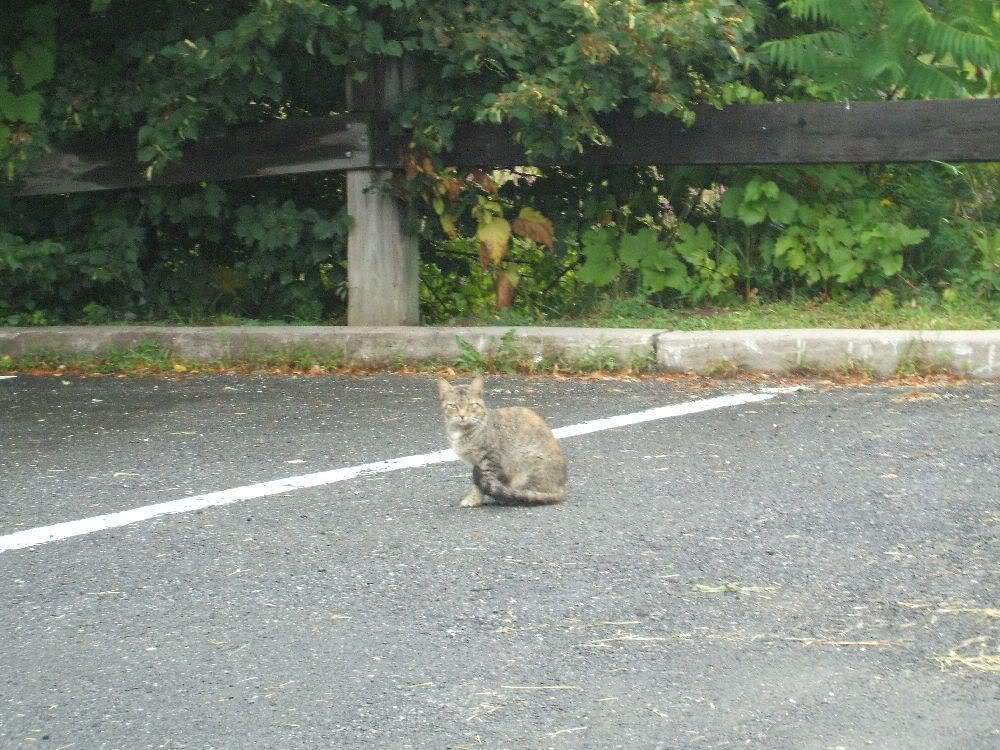
Then, I also saw this. They are both small, and pretty thin. My guess is they are someone's forgotten pets. . :( Maybe not, but they were both nervous & scared & I am guessing at least the kitten, (if not both) is feral.
Cat Bath & Chicken Roost
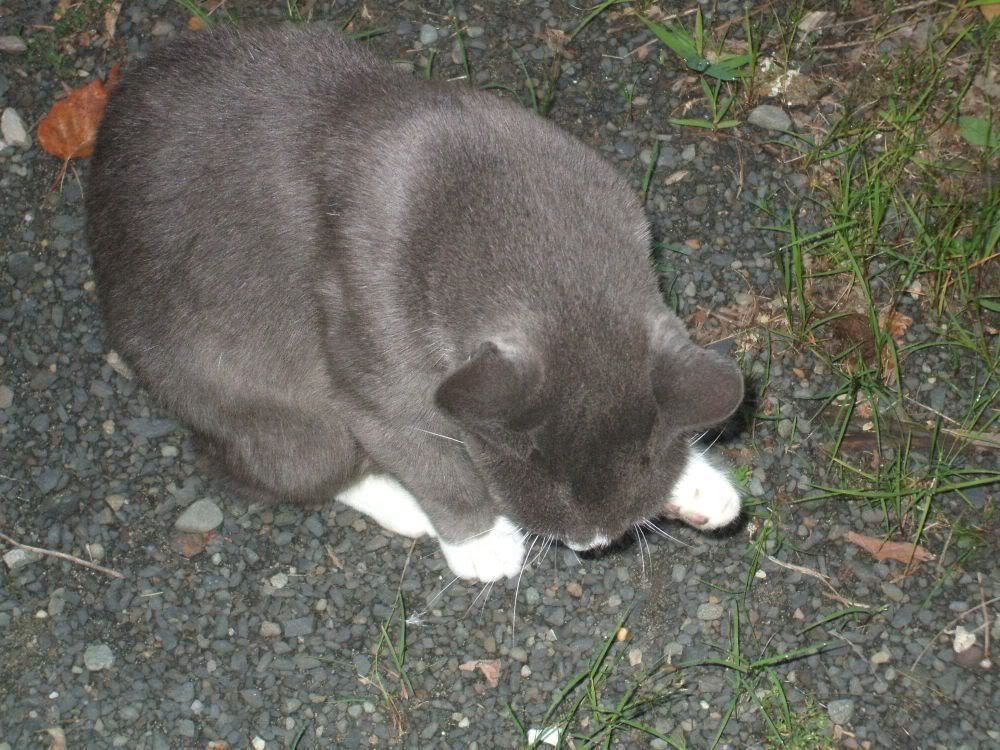
Then, the other picture I am going to share here, are my chickens roosting. They just looked really nice that evening, going to bed;) Both photos were taken on 8/22. The black hen is an aracauna, the rooster (a mutt? dunno got him from a friend) & the other hen is a red sex-link.
Friday, August 24, 2007
Warning! Spider Post;)
LOL!
I have a tarantula & her name is Aadi! (Yes, I really do!:)
The other day (8-17, actually), she molted! I got her in March, and I wondered if she would or when she would. I read all about her on the 'net. I learned tarantulas (mostly!) molt UPSIDE down! LOL So, even though it is weird & shocking when you look in & find them on their backs & somewhat (or mostly!) helpless, they are doing a normal process. Now, if things are "good" & humidity is right, the "exoskeleton" comes off, none sticks to her & you have this "new" spider.
This is Aadi - when I discovered she was molting: (notice, she laid down some web for herself - she laid on part of it, I am assuming this was to help her molt to come off)
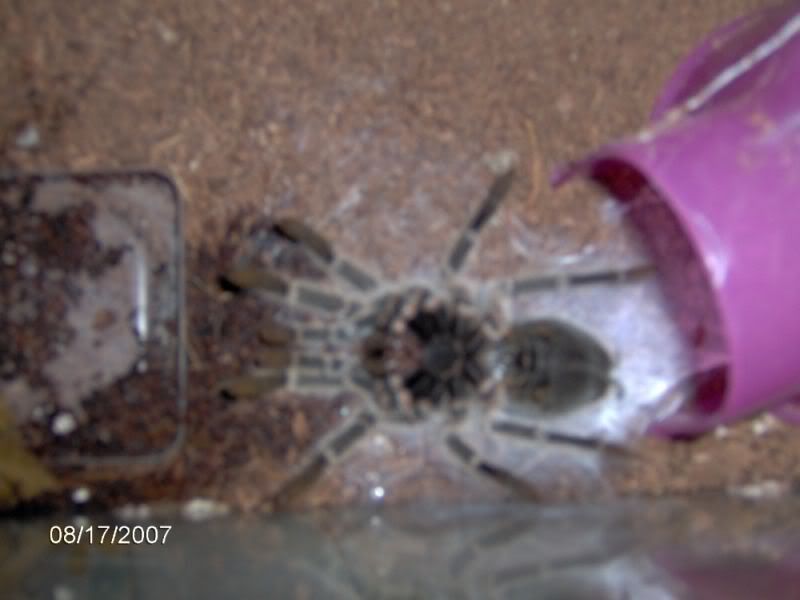
This is after she molted.
She is a whole new girl:) Very vibrant! The pictures do not show her beauty! The first pic is from the next day - 8/18 & the others are from 8/22.
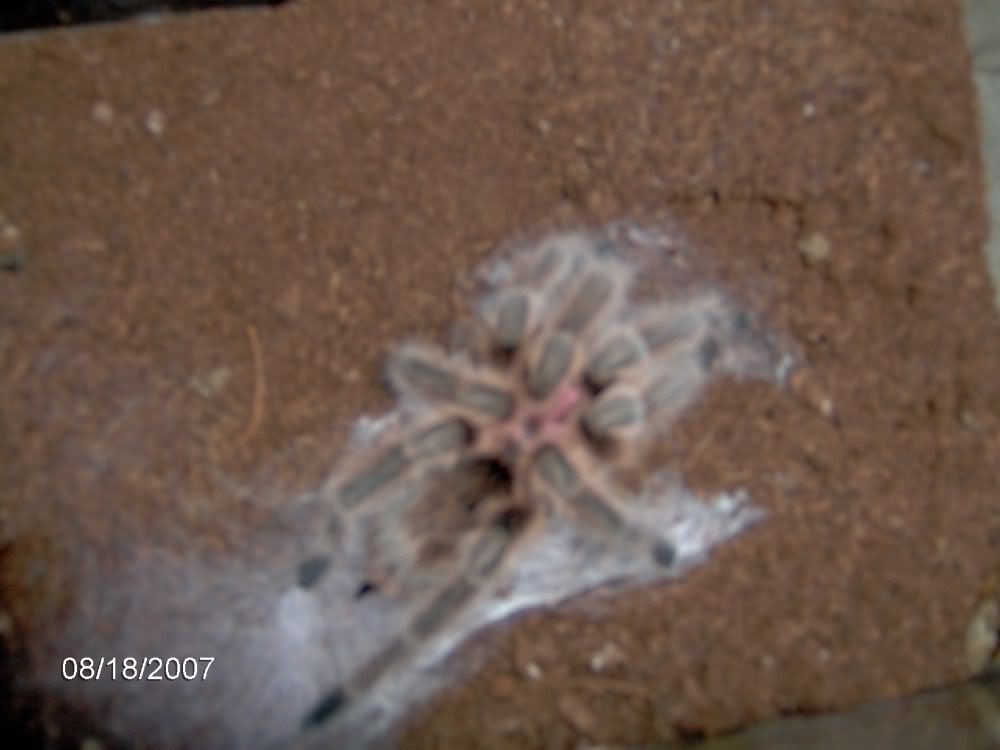
Weird Bird
Anyway, this bird has been visiting my parents yard. There were some last year too - don't know if they are the same ones are not - I never did see it last yr! Only vaguely! LOL But mom says to me today that those "weird birds" were back! LOL
So I took a couple not so good pics & looked online. To me, I think he is a green heron. Of course, there is always the chance he is not, because I am not certain! :}
So, if anyone knows what he is, please let me know;)

Wednesday, August 22, 2007
Flower Identification & More - My purpley flower
Wildflowers of NY State
I also found that my purpley flower is an Eastern Purple Coneflower. (There is also another version of this with white petals).
Sites here:
Detailed Information on Eastern Purple Coneflower
Native Echinacea purpurea Eastern Purple Coneflower Seed & Potted Plants
Eastern Purple Coneflower - Plant Guide (pdf)
NPIN: Echinacea purpurea (Eastern Purple Coneflower)
Plants Profile for Echinacea purpurea
Medicinal Garden - Eastern Purple Coneflower - medically uses of this flower - interesting! - they also say that it is also called Indian Head - they also have a photo that shows many different stages of the flower's development - I will look to see if I can also find them next time
Here is some info about the Eastern Purple Coneflower:
This flower attracts butterflies & hummingbirds! :)
Echinacea purpurea
called: Eastern purple coneflower, Eastern purple-coneflower, Purple coneflowers
in the Asteraceae family (Aster family)
native to the US
grows in: AL, AR, CO, CT, FL, GA, IL, IN, KS, Y, LA, MI, MO, MS, NC, NY, OH, PA, TN, TX, VA, WI
but people grow it in other states by buying seeds/plants
In FL, this plant is listed as purple coneflower & is listed as endangered. In MI, it is also listed as purple coneflower & listed as "probably extripated" (according to the USDA Plant Listing - Threatened & Endangered info for this plant)
Characteristics:
perennial
habit: herb
root type: fibrous
leaf color: green
active growth period: spring & summer
slow after harvest regrowth rate
it is fire resistant (interesting??)
the seed color is black
single stem
moderate growth rate
mature height 1.2ft
has a long lifespan
it is adapted to coarse, fine, & medium textured soils
pH min. - 6.5
pH max. - 7.2
root depth (min.) - 24"
temp. min. - -33
prefer to be in the sun, with little to minimal shade (from what I read!) - I read that too much shade will make them "overly leggy"
bloom period - early summer
routinely available commercial
medium seed abundance
seed period begins in summer
seed period ends in fall
can't be propagated by bare root, bulb, container, corm, cuttings, sod, sprigs, or tubers
can be propagated by seed
moderate vegetative spread rate
CT Visitor Center Flowers Part 4
I am not a good flower person, lol, I have no idea what these flowers are. I will try & find a flower identification chart online:)
Ok, I found some online flower sites.
Wildflowers of NY State
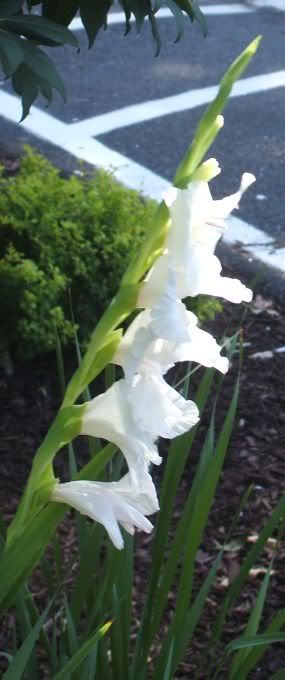
CT Visitor Center Flowers Part 3
Monday, August 20, 2007
CT Visitor Center Flowers Part 2
CT Visitor Center Flowers Part 1
Aug 18th, 2007.
Here are some yellow/brown flowers - the brown-eyed Susans, I believe:)
We had a skunk visitor in our front room (between houe/garage) but I didn't get to get a photo:( No harm/problems from "him" - just a visit;)
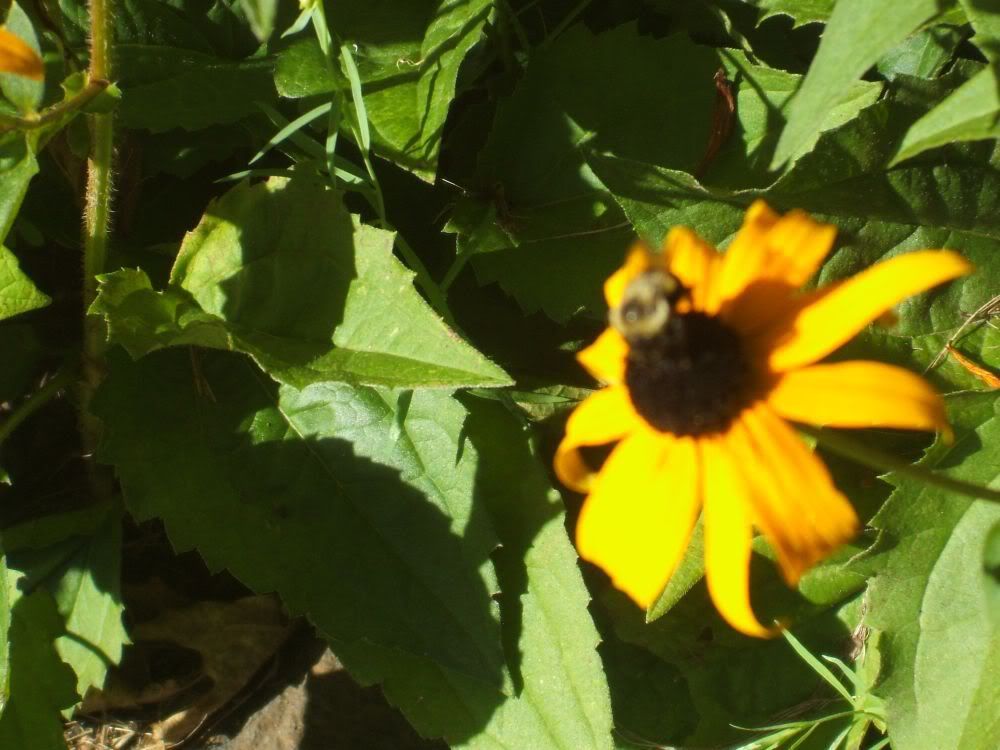
Saturday, August 18, 2007
Corn Fields
Friday, August 17, 2007
Wild Flowers/Tree
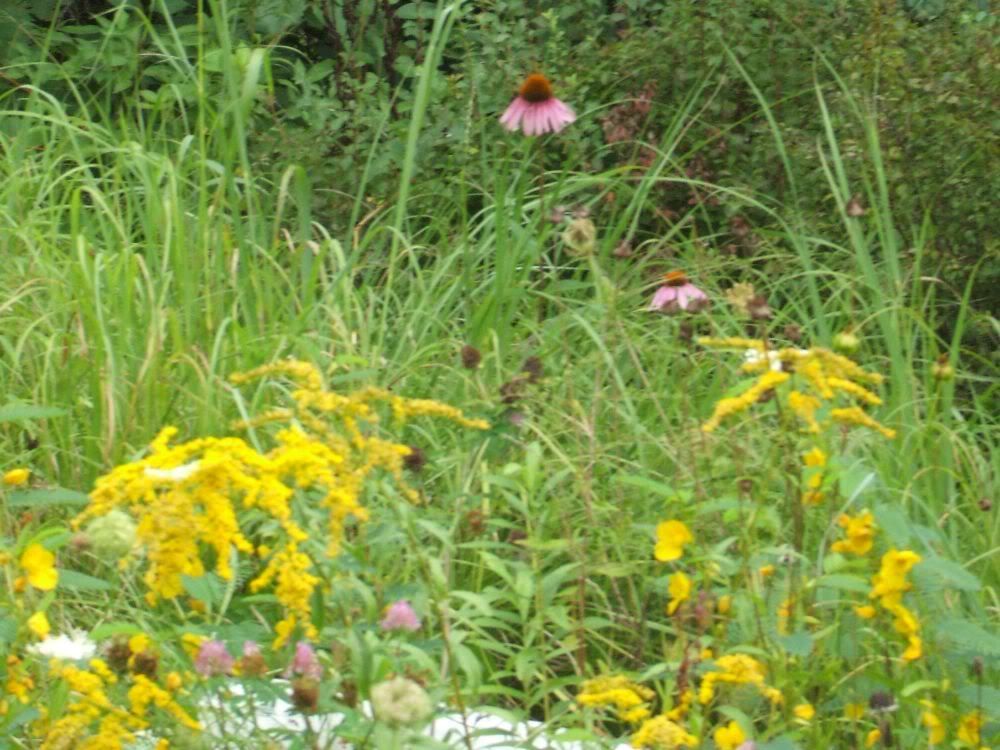
Thursday, August 16, 2007
My Mom's Flowers
Today I took several pictures. I really love flowers . . especially if I get a good photo! Which doesn't happen all that often - but I did get some nice ones of my mother's flowers on 8/14/07. So, I'll make those my first post.
She has a beautiful hibiscus plant. It's has beautiful, large deep pink flowers.
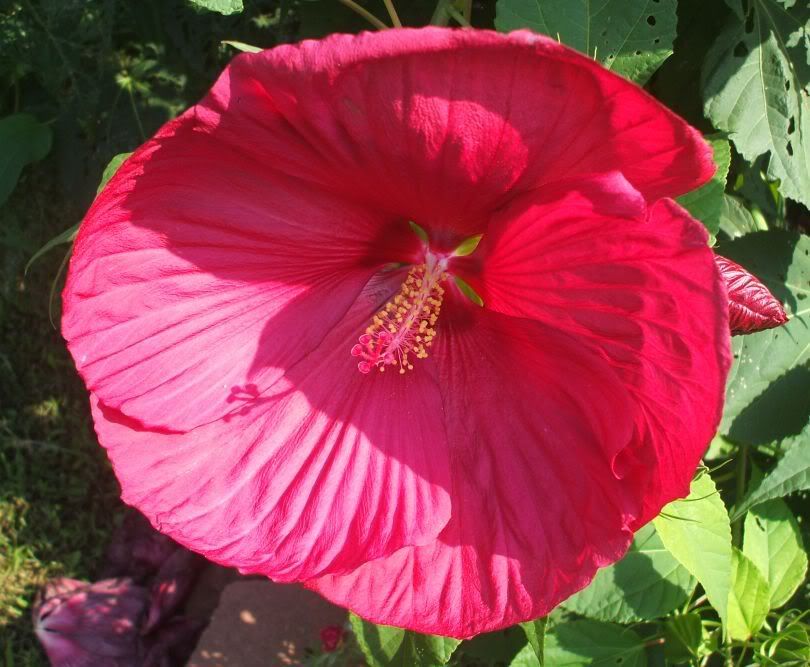
Princess Rayna with her baby & the flowers.
And, I guess everything is food for something! :)

I also took a photo of her yellow roses, but they didn't turn out so well. And in one of them, there were 2 little beetles. .. Doing something I suppose all beetles do ;)
I was taking a photo of the bud, but the grasses/stairs - scene behind is so sharp, I left some of it in the pic.
The Beetles! These are pretty small .. . I haven't tried figuring out what they are yet. Not sure, I don't know anything about beetles! LOL Except, when I was little, we had HUGE ones. . that I don't see much now.
I also took a picture of these little flowers, which are by her hibiscus, which I am not sure what they are! :)
Well! In the back, the cucumbers are now invading their porch!!
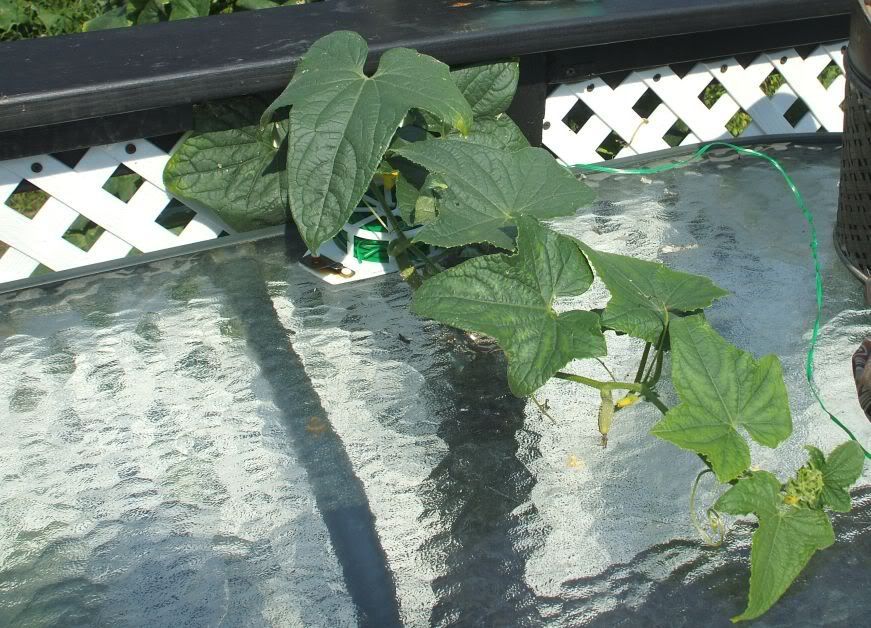
This blog will probably not be daily, but then again, it could be::) Whenever I see something I remotely like, or weird, or really DON"T like, I take pictures. I have all kinds of weird pics! I can't wait to get my new camera & see how much my pics will improve (in detail). :) Yea!
So, these are my pictures for (Thursday 8/16/07)! Hope you enjoy looking at them!:)





